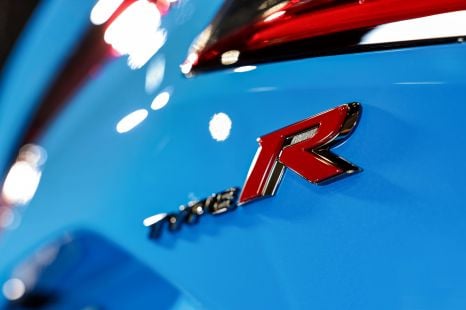

Damion Smy
Honda Prelude Type R ruled out... for now
48 Minutes Ago

Senior Contributor
The long-mooted return of Mazda’s iconic rotary engine will finally take place later this month – at a small motor show in Brussels on January 13, of all places.
The company’s European press office issued a short release tonight saying it would reveal a new MX-30 variant with a plug-in hybrid, using a newly developed rotary as its generator.
It was titled: “Rotary Engine Reborn for the Electric Age”, which gives an insight into its application.
“Faithful to its multi-solution approach to the global challenges of reducing greenhouse gas emissions, Mazda will introduce a new powertrain option for its MX-30 at the Brussels Motor Show 2023,” says the statement.
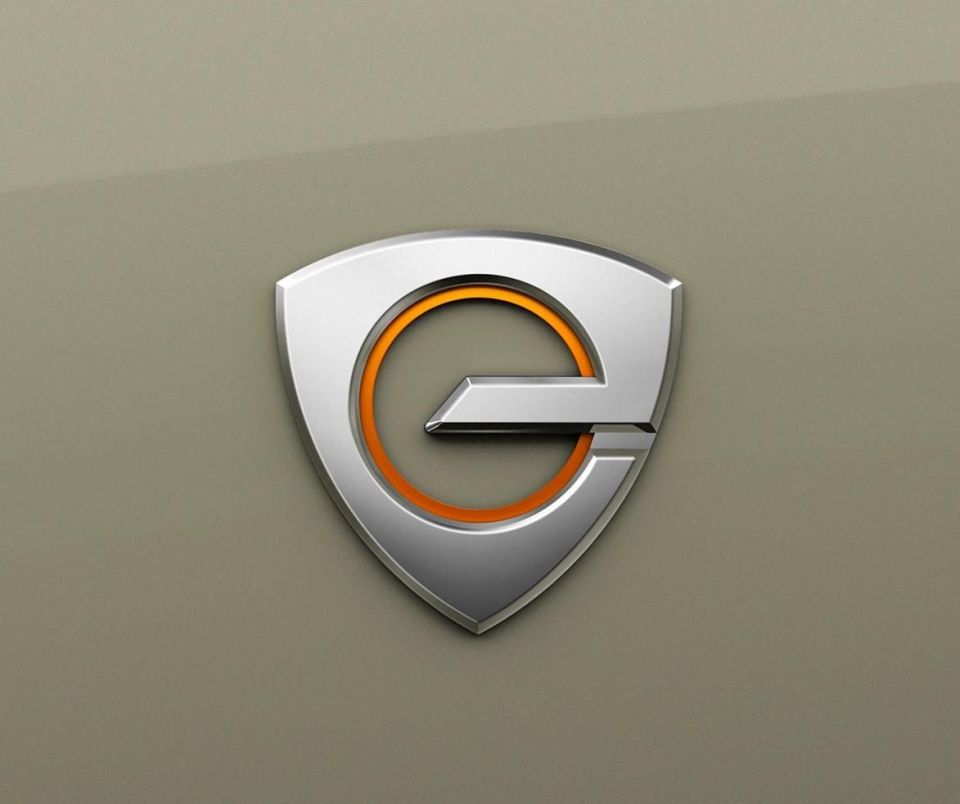
“Available on the European market from the spring this year [March to May] the unique plug-in hybrid powertrain of Mazda’s compact crossover will feature an electric generator powered by a newly-developed rotary engine.”
This suggests that the MX-30 will operate as a BMW i3 REx-style series hybrid when the high-voltage battery is depleted, meaning the rotary will generate charge rather than directly driving the wheels.
It also has parallels with Audi’s canned A1 e-tron from 2010.
The MX-30 rotary range-extender has been spoken about for ages now – as something for those who can’t live with the full EV’s modest 200km (WLTP) driving range.
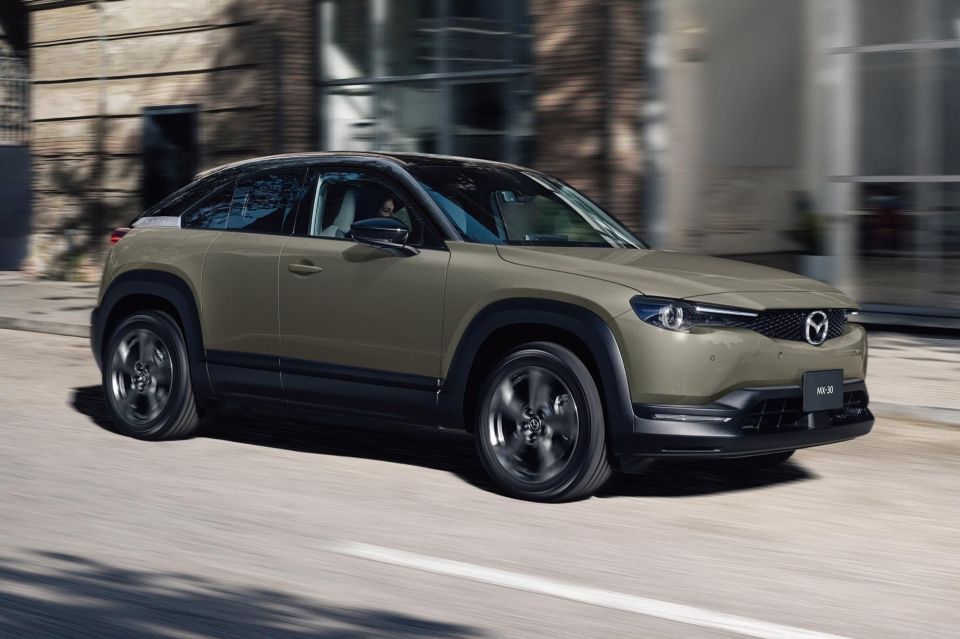
Plus, Mazda has long been desperate to bring the rotary back in an era where fuel efficiency is king – never a strength of this high-revving and less thermally efficient engine type.
We spoke with Mazda Australia marketing director Alastair Doak back in March 2022 about the local plans for the MX-30 rotary, and the answer was positive for local buyers who want an even quirkier offering.
“It will be unveiled this year,” he said, before the car was obviously delayed. “It’s definitely getting very close to production, pretty much the development is done on the car. We’re excited.”
However, the company has slightly changed its tune in the interim, with Mr Doak telling us more recently in October that its Australian prospects had become cloudier – perhaps no surprise given the MX-30 EV’s modest sales here.
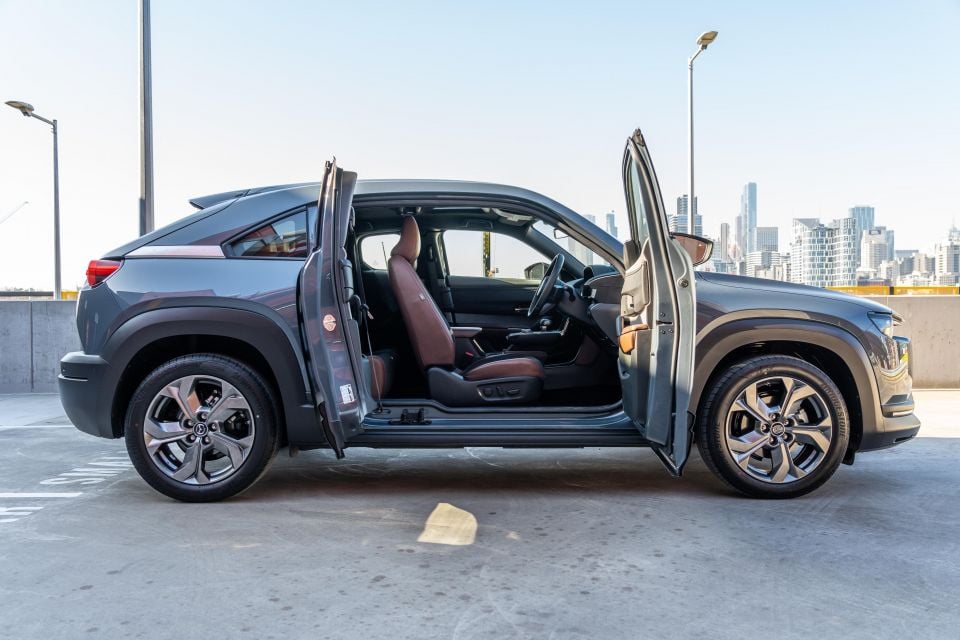
“The car does exist and will exist,” said Mr Doak, adding the MX-30 rotary range-extender was still on the local division’s wish list.
“I think next year it will be unveiled, and from there I’m not quite sure if it will come to Australia.”
Last year, Mazda did submit a range of trademarks to IP Australia for the naming rights to ‘e-SKYACTIV R-HEV’ and ‘e-SKYACTIV R-EV’, so perhaps…
Of course, it won’t be cheap, since the MX-30 EV itself costs $65,490 before on-road costs (about $71,000 drive-away). Yes the PHEV will use a smaller battery, but the engineering costs of a new rotary will have to be paid for over a limited production run too.
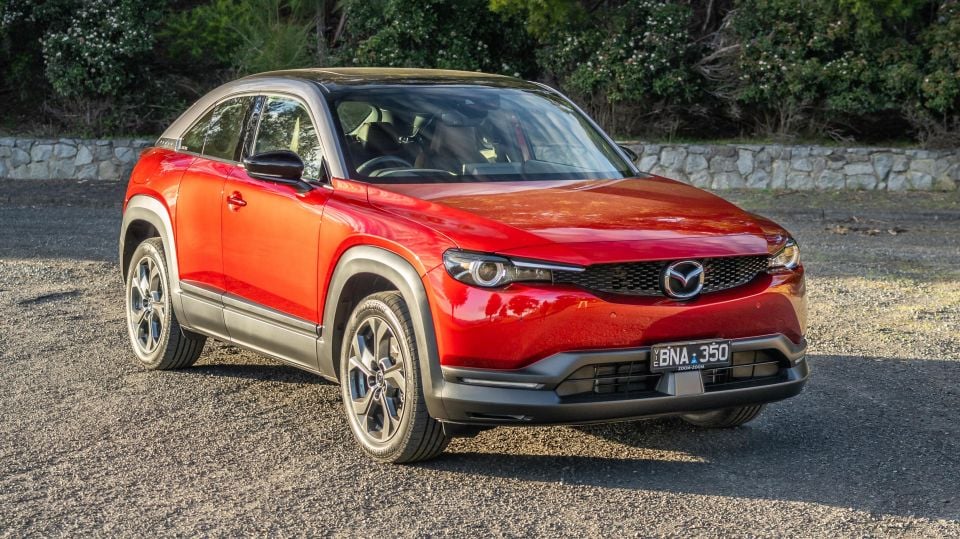
It’ll mean the MX-30 will have three drivetrain choices: the base petrol (labelled as a mild-hybrid), EV, and series PHEV.
Once Mazda has a rotary-generator-fired, range-extender, series PHEV MX-30, it’ll also have an even more eccentric line-up that it currently does.
It already sells the unique SkyActiv-X petrol engine with spark-guided compression ignition, and will have a rear-drive in-line six, and a more conventional four-cylinder PHEV offering soon in the premium-focused CX-60.
MORE: Slow-selling Mazda MX-30 Electric was always a niche EV, company says

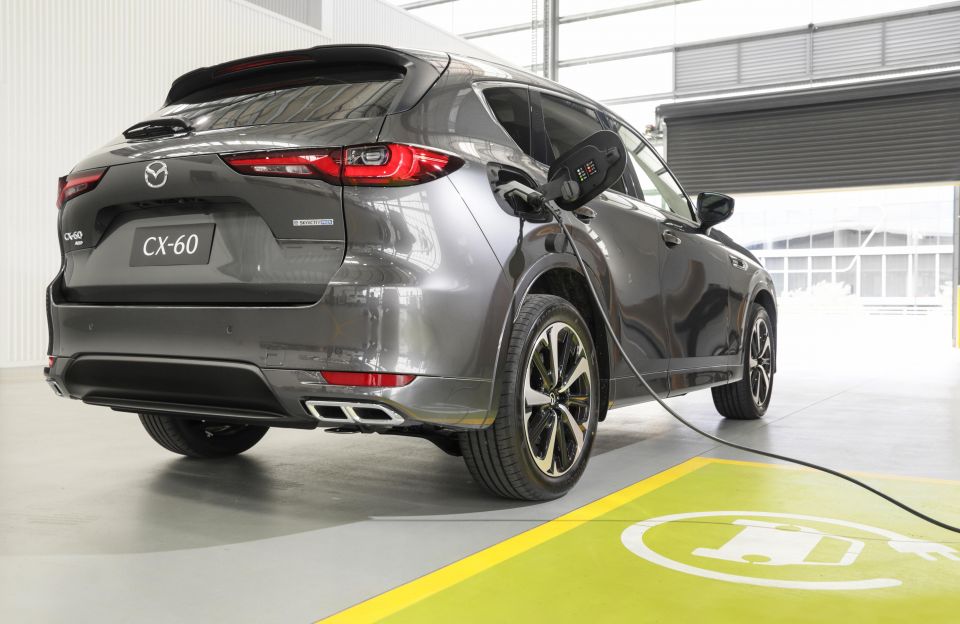
Where expert car reviews meet expert car buying – CarExpert gives you trusted advice, personalised service and real savings on your next new car.


Damion Smy
48 Minutes Ago


Damion Smy
3 Hours Ago


Damion Smy
4 Hours Ago


Matt Robinson
7 Hours Ago


Damion Smy
7 Hours Ago


Damion Smy
21 Hours Ago